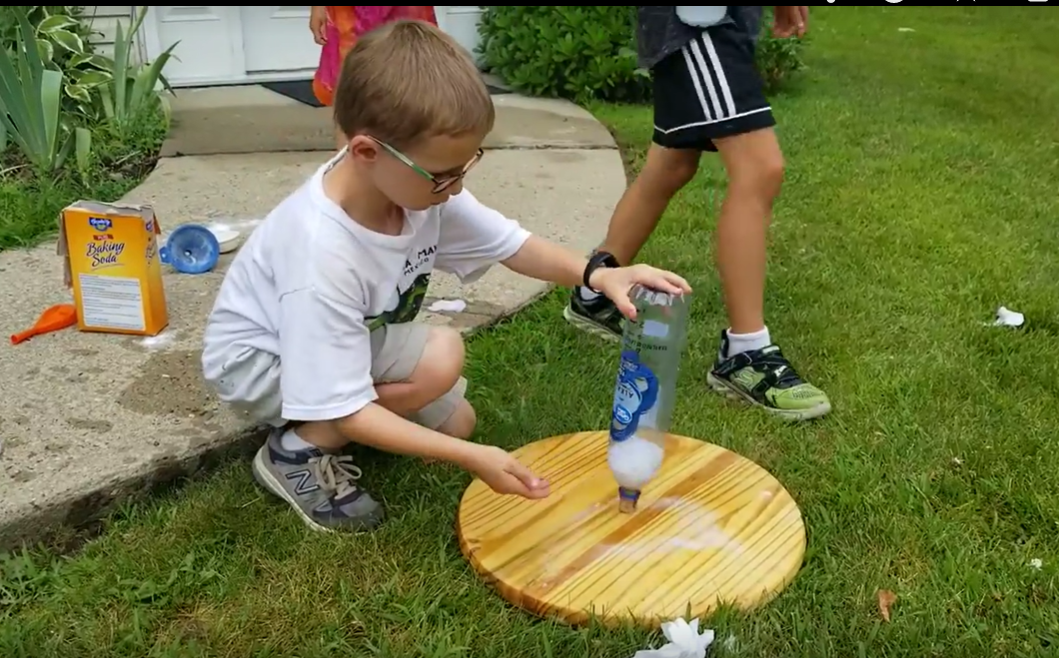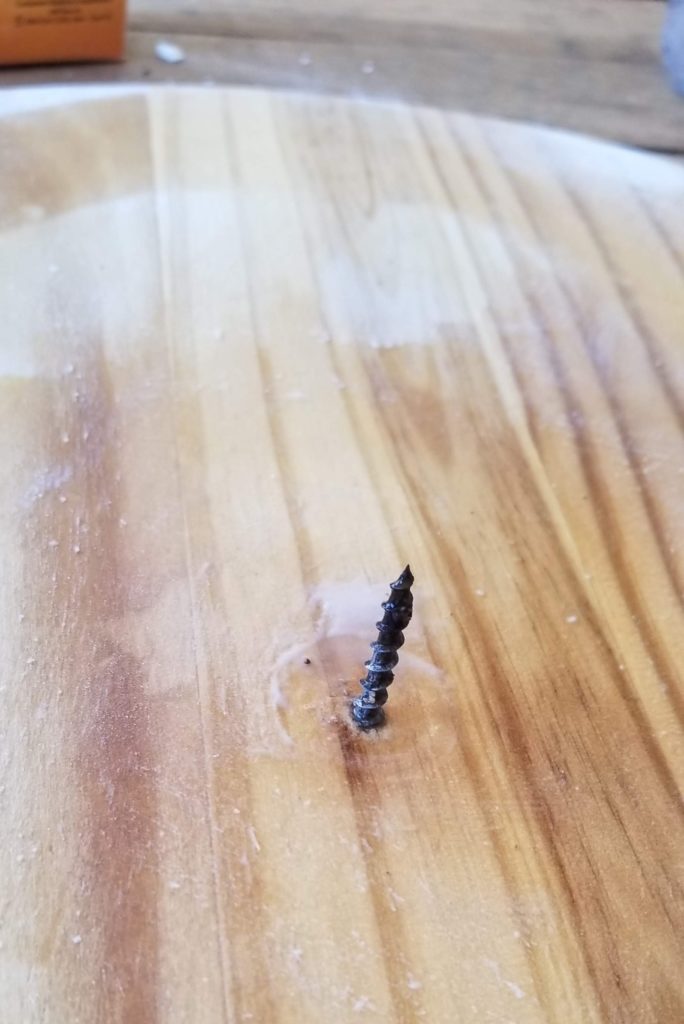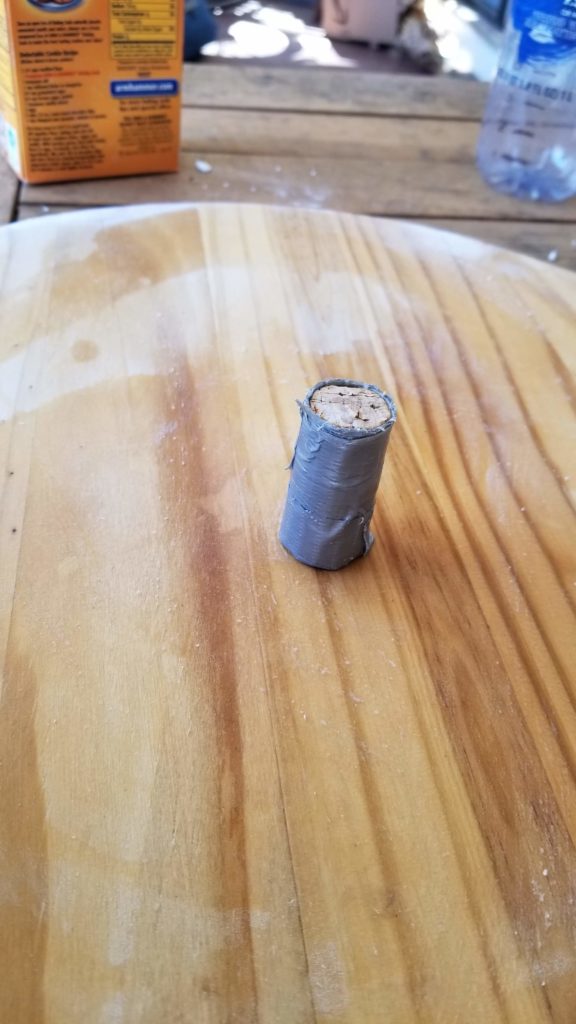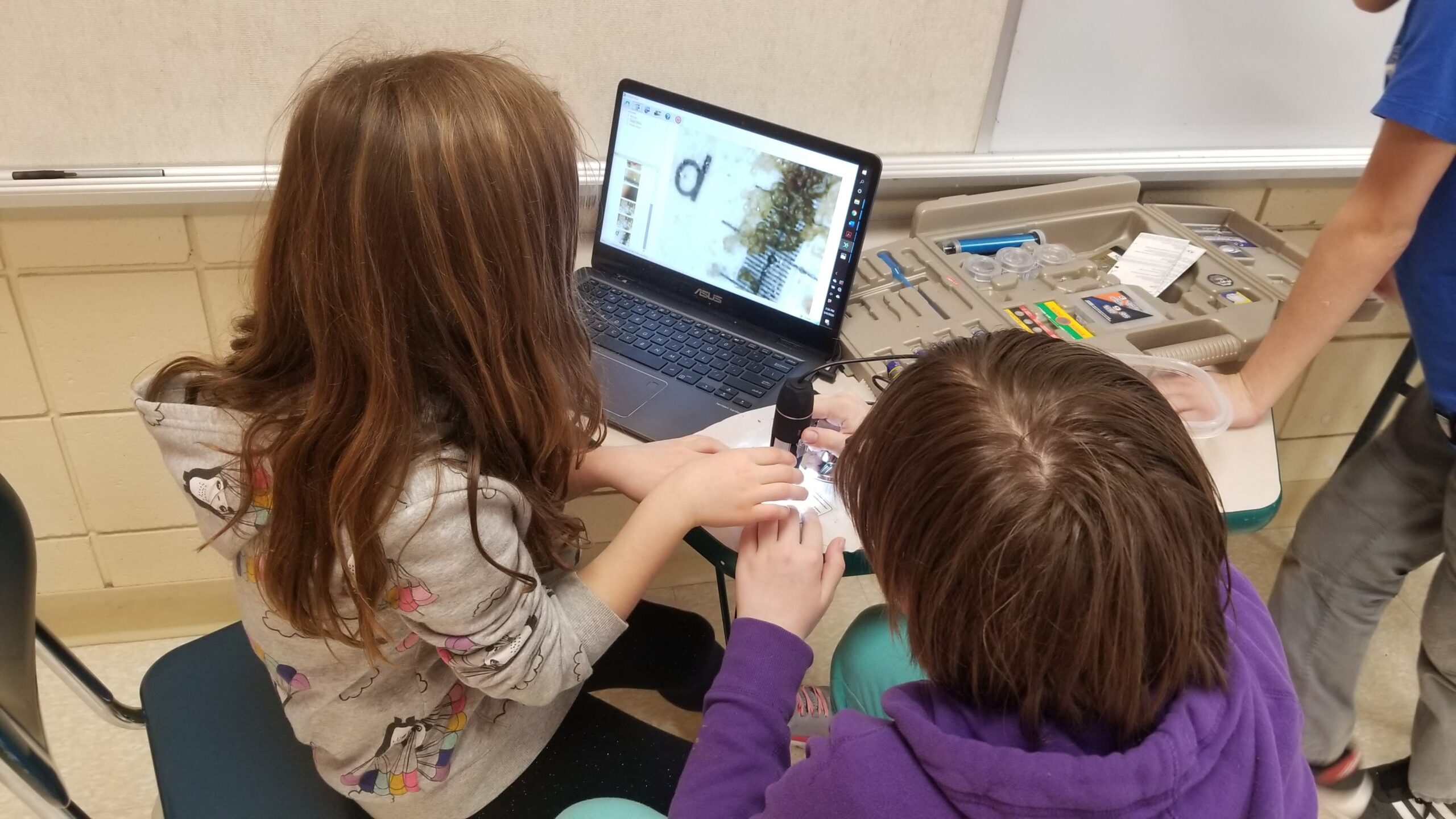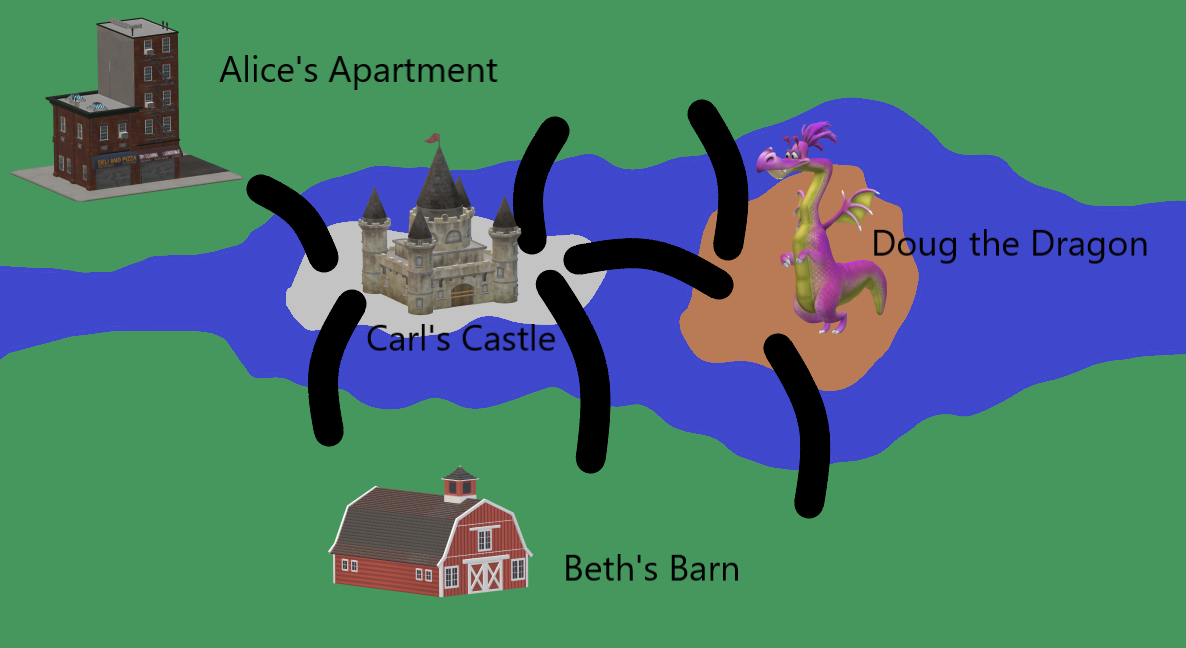Chemical reactions are when one molecule changes into another. What’s a molecule? It’s just the smallest amount of something that still is that thing. A sugar cube has about a thousand billion billion molecules of sugar. If you cut the cube in half 70 times, you’d be left with just one molecule of sugar. If you cut it in half again, you wouldn’t have sugar any more!
One of my favorite chemical reactions is to turn sugar into caramel. As we heat sugar, it reacts to form new molecules, some of which have a brown color. You can make caramel at home from just a few ingredients!
Try this caramel recipe from Serious Eats.
SAFETY: In addition to the standard hazards of a stove, hot sugar solutions can burn very easily if they get on you. Use a pot that won’t tip and a long-handled spoon or spatula to stir.
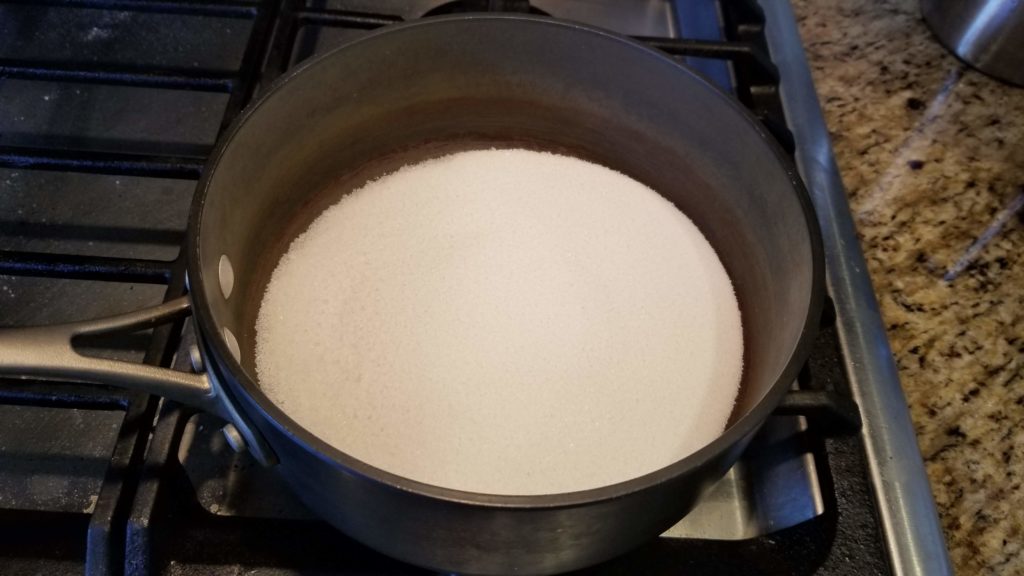
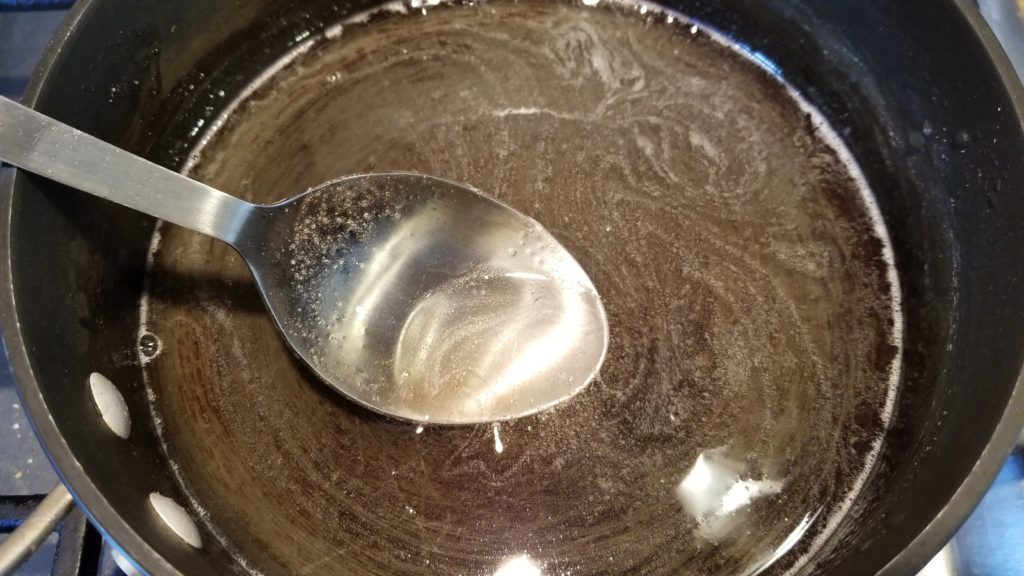
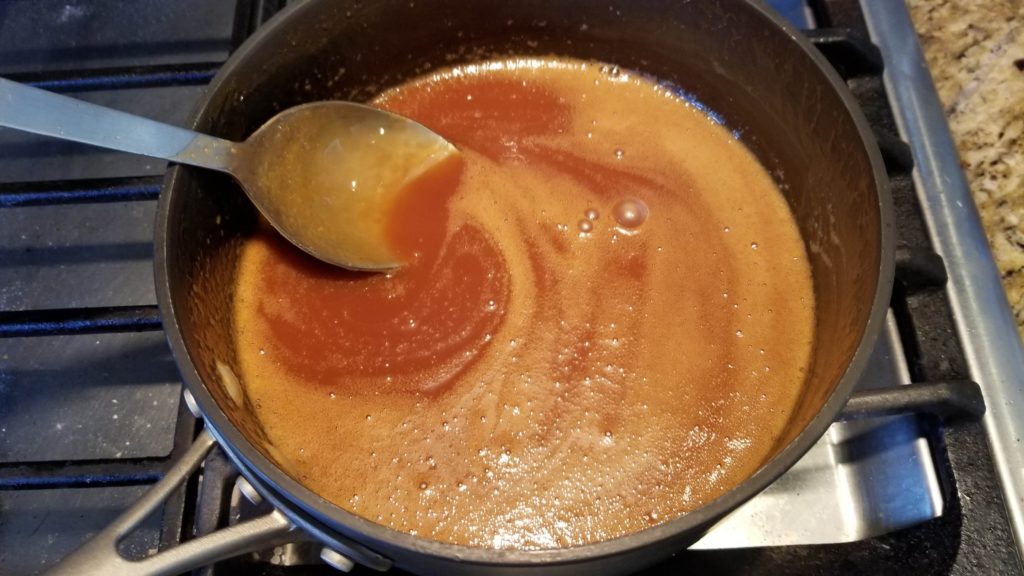
How can we use a chemical reaction to make a rocket?
Mixing baking soda and vinegar causes a chemical reaction that makes a new molecule, carbon dioxide. Because Carbon dioxide is a gas it takes up more space than the solid baking soda and liquid vinegar, and so it will escape through any opening. When the gas pushes out in one direction, the container is pushed back in the other. We can use this to power a rocket! You should mostly follow the steps below, but don’t hesitate to try something different, and see how it works!
Materials: Wood, screw, cork, duck tape, screw-top bottle (soda, seltzer, etc), paper towel, vinegar, baking soda.
SAFETY: Vinegar is acidic, and is a hazard if you get it in your eyes. Anyone close to the bottle during launch should wear glasses as it may splash.
- Build the launch pad. Put a screw through a piece of wood (the wider the better so the rocket doesn’t tip over). Then put a cork onto the screw, and wrap the cork with a couple turns of duck tape. You want it to be wide enough that a soda bottle fits over it snugly.
2. Add vinegar to the screw-top bottle. About 100 mL or 1 cup is a good amount to start with.
3. Lay out a small square of paper towel. Put 1-2 tsp of baking soda in the center, then roll up the paper towel into a tube. Fold the bottom over so the baking soda doesn’t spill out. The paper towel acts as a fuse, keeping the vinegar and baking soda from reacting too quickly.
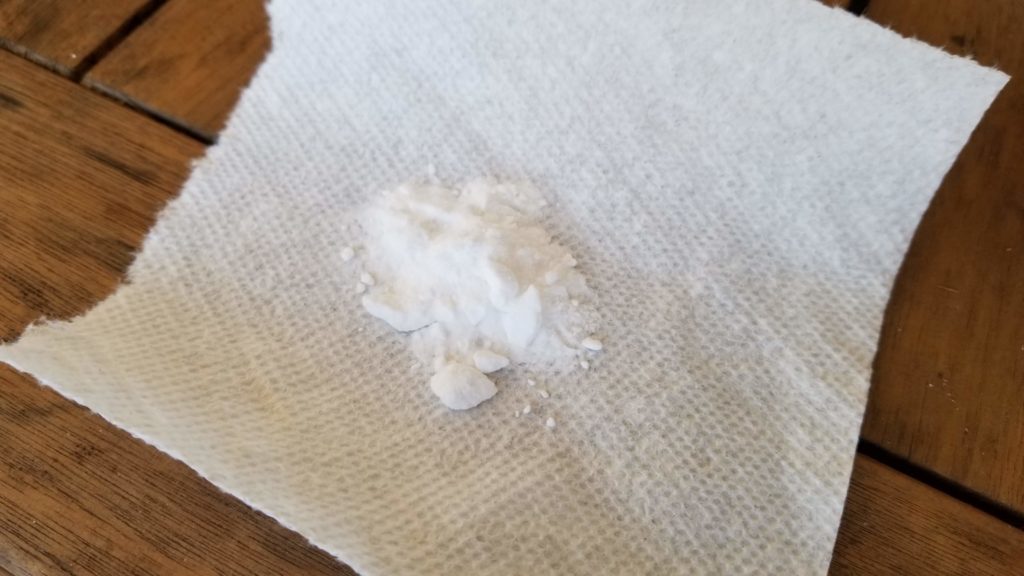
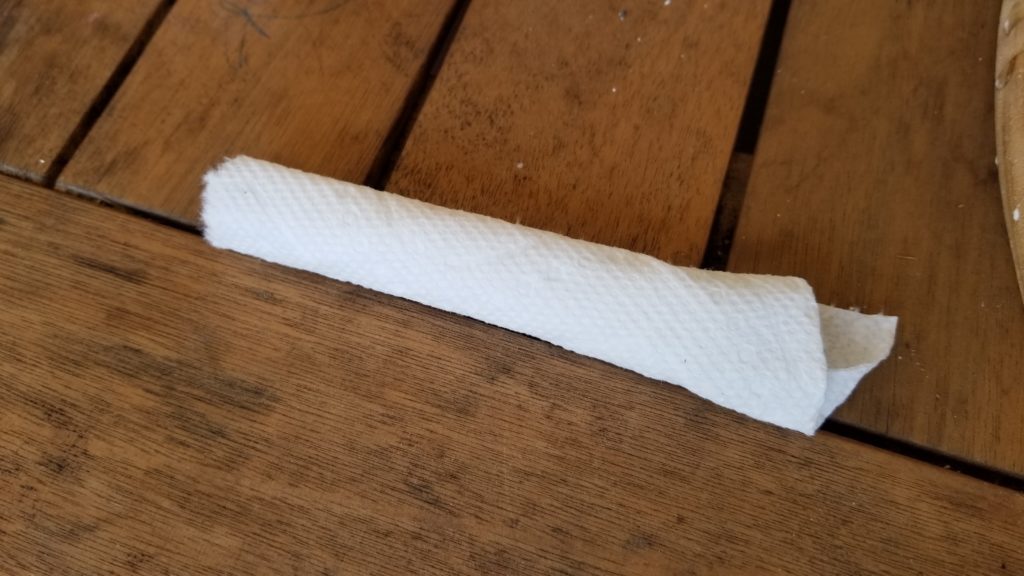
4. Bring the bottle close to your launch pad. Push the paper towel loaded with baking soda into the bottle, and then quickly flip the bottle onto the cork. If you put the lip of the bottle up against the cork, and then flip it, you’ll probably spill less vinegar. The bottle should be snug on the cork, but not jammed on too tight. You want it to be able to build up pressure, but push loose eventually.
Did it work? You can try more or less vinegar, and more or less baking soda. Try to see what amounts launch the rocket the highest. Let us know how it went in the comments!

